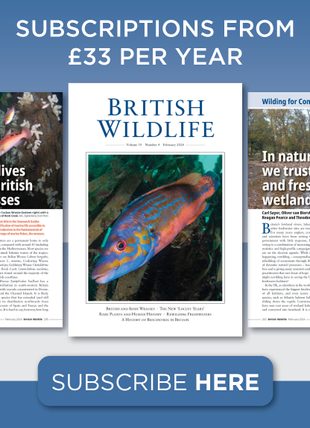![Birds and Species of Bay of Bangal with Chota Nagpur and Andaman Nicobar Island Birds and Species of Bay of Bangal with Chota Nagpur and Andaman Nicobar Island]()
Click to have a closer look
About this book
Customer reviews
Biography
Related titles
About this book
Reprint edition. Gives an overview of the birds found in the Bay of Bengal, India.
Customer Reviews
Biography
Allan Octavian Hume (June 6, 1829-July 31, 1912), was a Scottish Civil servant, Political reformer and the founder of the Indian National Congress. He was described by Dr Salim Ali as 'Father of Indian Ornithology.
Life and Career : A.O. Hume was probably born at St Mary Cray, Kent, (some sources point to Montrose, Angus, Scotland as his birthplace), the son of Joseph Hume, the Radical MR He was educated at Haileybury Training College and then University College Hospital, studying Medicine and surgery. In 1849 he sailed to India and joined the Bengal Civil Service at Etawah in Uttar Pradesh. He soon rose to become District Officer, introducing free primary Education and Creating a local vernacular newspaper, 'Lokmitra'. He married Mary Ann Grindall in 1853. In 1867 he became Commissioner of Customs for the North West Province, and in 1870 became attached to the central government as Director-General of Agriculture. In 1879 he returned to provincial government at Allahabad.
Hume retired from the civil service in 1882. In 1883 he wrote an open letter to the graduates of Calcutta University, calling upon them to form their own national political movement. This led in 1885 to the first session of the Indian National Congress held in Bombay. Hume served as its General Secretary until 1908. Hume left India in 1894 and settled at Upper Norwood in London. He is buried in Brookward Cemetery.
Contribution to Ornithology: During his career in India he started with a systematic plan to survey and document the Birds of the Indian Subcontinent and in the process he accumulated the largest collection of Asiatic birds in the world, housed in a Museum and Library at his home in Rothney Castle on Jakhu Hill, Shimla (Himachal Pradesh).
Hume used this vast Bird collection to produce a publication on all the birds of India. This work was lost in 1885 when all his manuscripts were sold by a servant as waste paper. A landslip caused by heavy rains in Shimla damaged his personal museum and specimens. He wrote to the British Museum wishing to donate his collection on certain conditions, one of them being that the collection was to be examined by Dr. R. Bowdler Sharpe, apart from raising Dr. Sharpen's rank and salary. The British Museum was unable to heed to his conditions. It was only after the destruction of nearly 20000 specimens, that alarm bells were raised and the Museum authorities let Dr Sharpe visit India to supervise the transfer of the specimens to the British Museum.
The Hume collection as it went to the British museum in 1874 consisted of 82,000 specimens (258 types) of which 75,577 were placed in the Museum.























